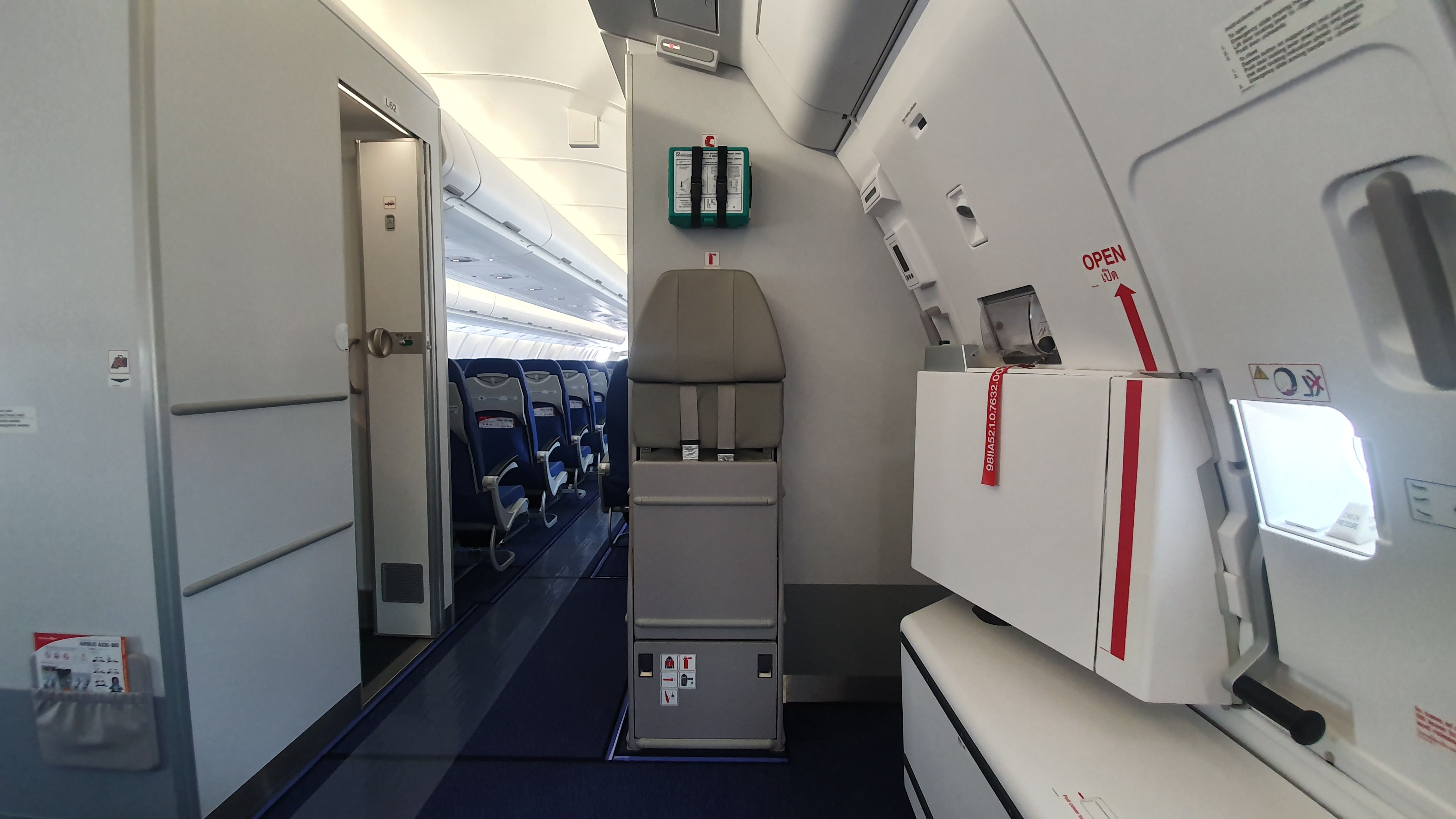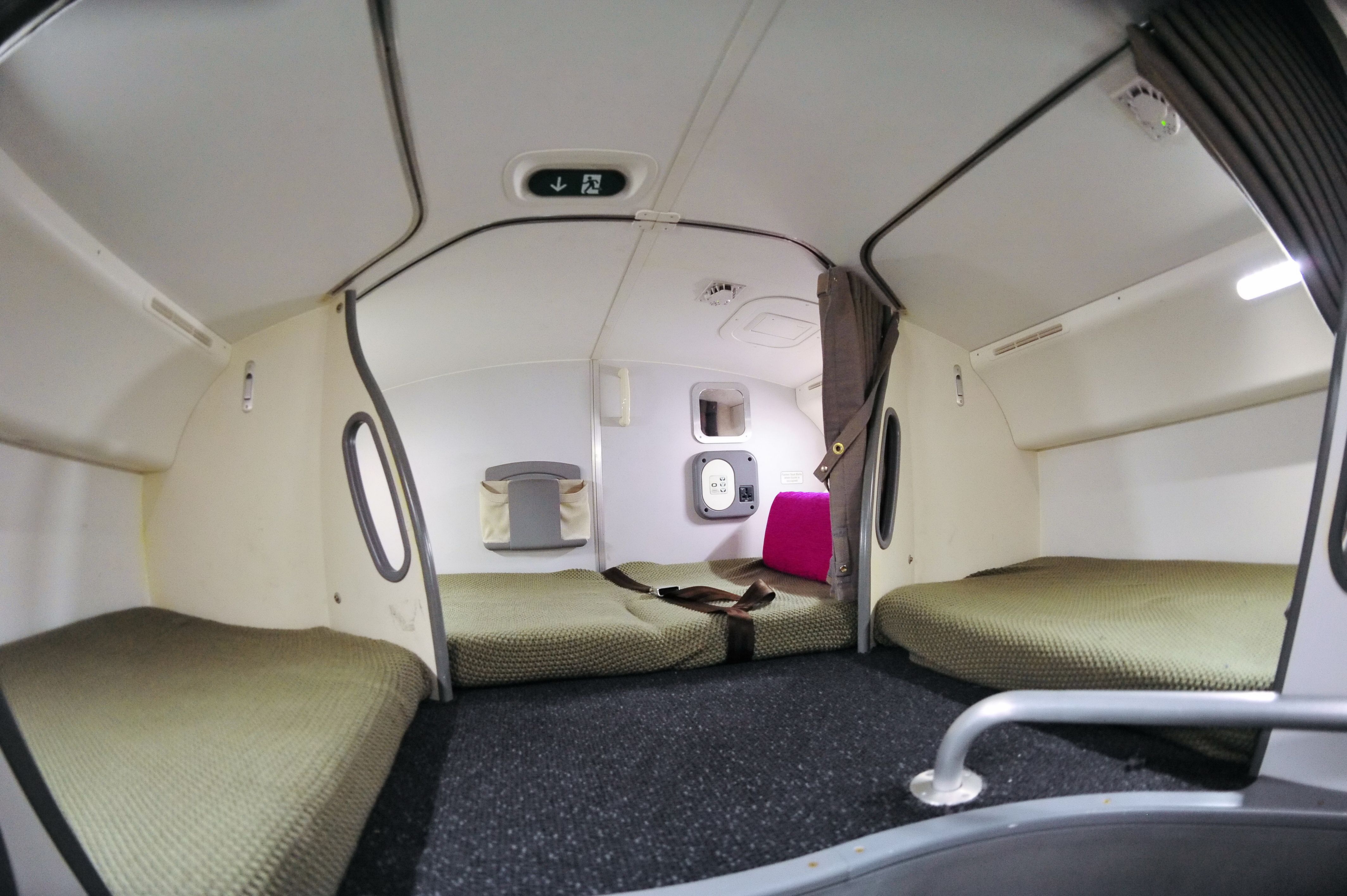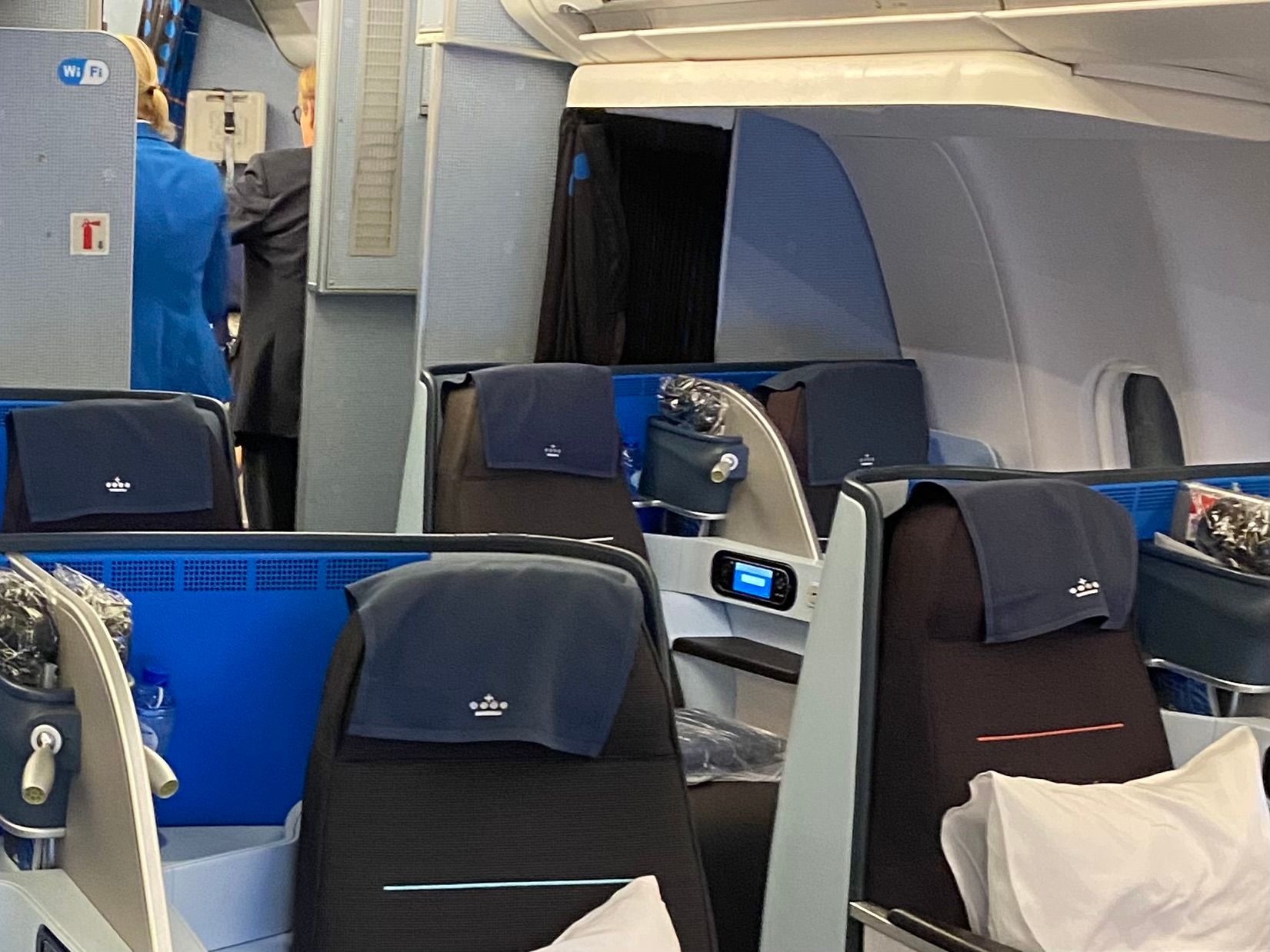Short-haul flights keep the cockpit and cabin crew busy with their flight-long activities and procedures. The cockpit crew stays in their work area, going through checklists and monitoring equipment, while the cabin crew navigates between the cabin and galleys to fulfill the needs of passengers and ensure safe operations. But how do crew rest on longer flights where they may be no dedicated area like on some widebodies?
Crew rest requirements
Long-haul flights have the challenge of requiring rest areas for crew onboard long flights. Generally, a third pilot is required onboard if the flight is longer than eight hours. Varying slightly between operators, some require a third pilot for flights longer than seven hours, while others may extend it to 10 hours. For flights longer than 12 hours, a fourth pilot is required.
The flight crew (both primary and relief) serving long-haul flights must take the allocated time off to rest. Similarly, cabin crew must also walk away from their duties during the given rest time. During a typical 10-hour transatlantic flight, a relief pilot (in addition to the two primary pilots) takes the controls.
Some airlines require all three pilots to be present during the initial (takeoff and climb) and final (approach and landing) phases of flight. During the cruise, the three pilots rotate their rest times, with at least two pilots in the cockpit at all times.
Most modern aircraft provide designated rest areas (bunkers, pods, etc.) for the crew, located above the passenger cabin in some cases. Rest areas are generally equipped with duvets and pillows for maximum comfort. Smaller or high-capacity-configured aircraft may not have designated crew rest areas, as well as those widebodies scheduled to fly on shorter routes.
Aircraft with no designated rest areas
Depending on the flight length, the operator reserves a curtained row of economy or business class seats for crew rest. For example, there are no designated rest areas on Airbus A330-200 aircraft operated by KLM on long-haul flights. With most flights lasting around 10 hours, the cockpit crew rests on two of 18 business class seats.
According to a first officer at KLM,
"We block off the two business class seats in the last row to rest during our time off. For a 9-hour flight, we get two breaks for rest. While the seats are comfortable, continuous rotation between the crew and privacy is very inconvenient."
Moreover, there are no reserved economy seats for cabin crew. Cabin crew must rest in their jump seats for the duration of their time off, which can be anywhere between two and four hours, depending on the flight duration. They survive in their jump seats with a curtain stretched around them. It is a relatively loud space with not enough room to stretch legs. A senior purser with KLM quotes,
"Our Airbus A330s are rather uncomfortable for the cabin crew. We must squeeze in our jump seats during rest times. Even with the curtains in place, we are often interrupted by needy passengers. To compensate for the tiring flights, the airline allows us to stay for up to 72 hours at the destination before flying the next leg."
Non-designated rest areas merely allow one to sit and relax for a short time. Due to the lack of space and the inconvenience, taking a nap is almost impossible. Airlines periodically rotate certified cabin crew on other aircraft (with designated rest areas) to balance the discomfort.
What do you think about reserving passenger seats as crew rest areas on long-haul flights? Tell us in the comments section.



